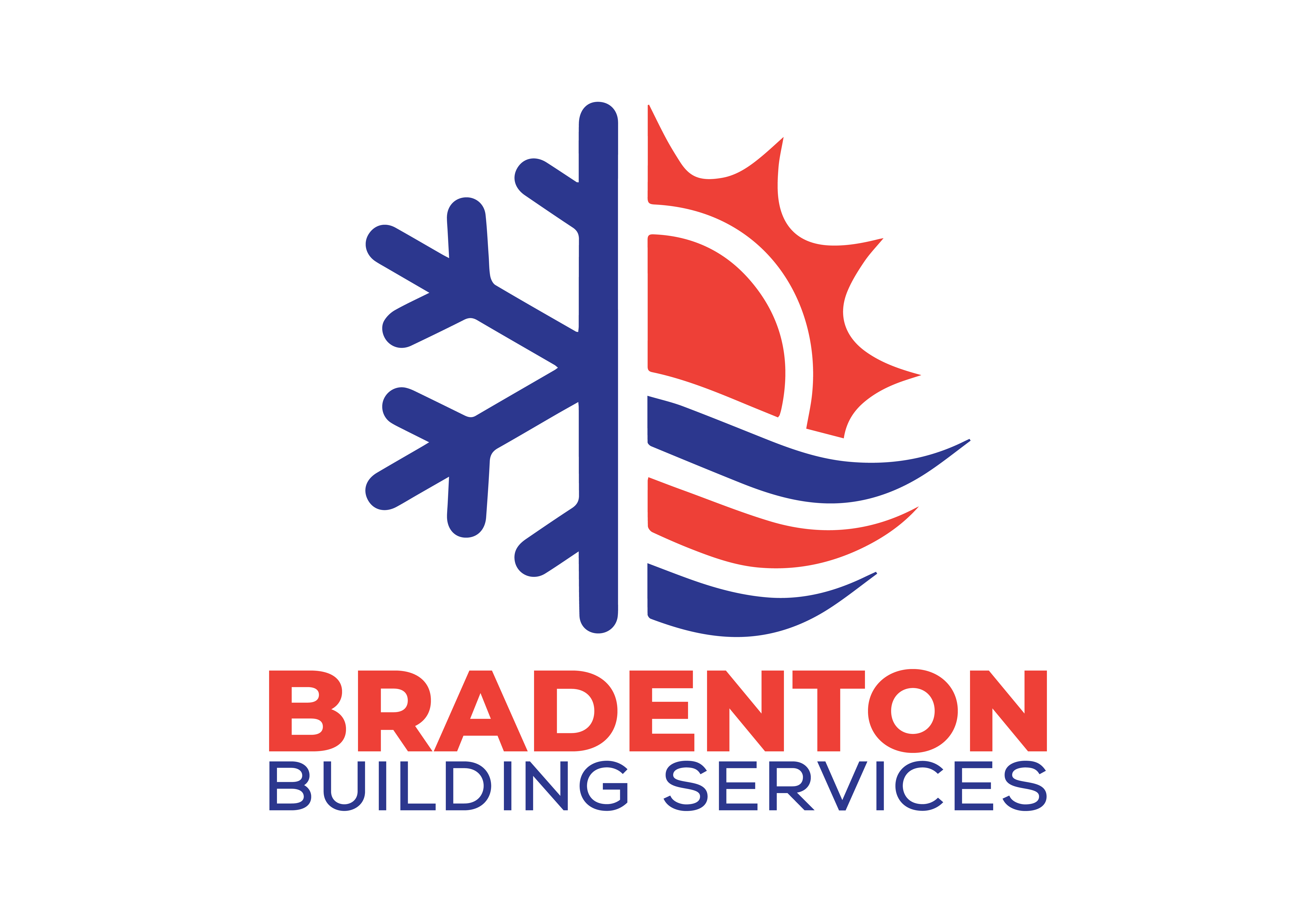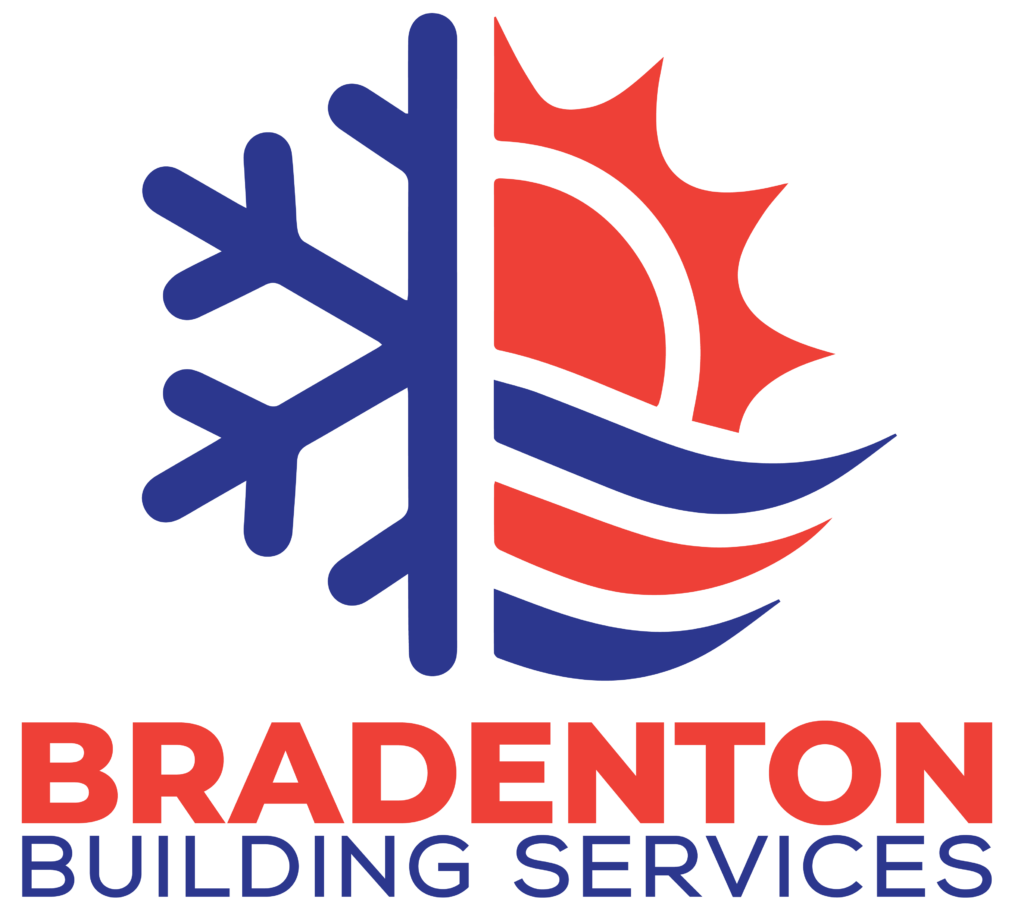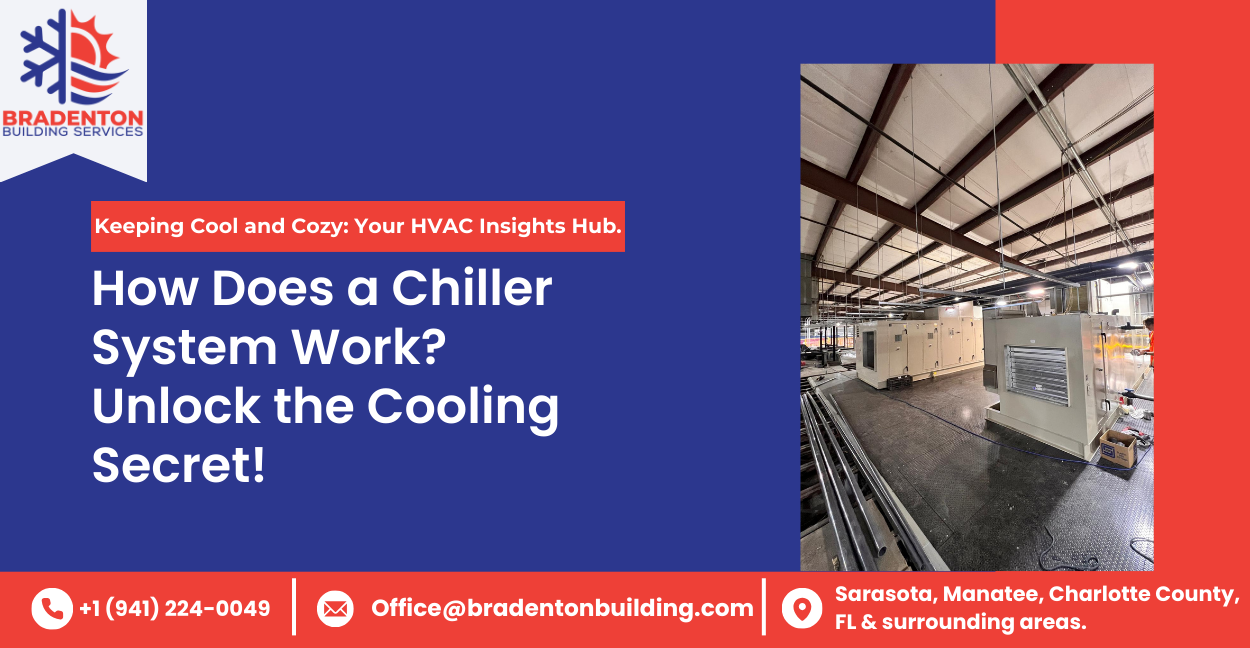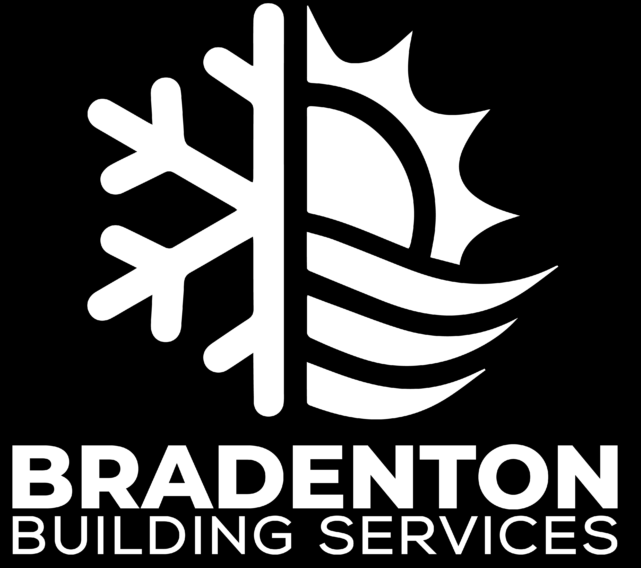Keeping buildings cool in Southwest Florida’s scorching heat is no easy task. High temperatures and humidity put heavy strain on HVAC systems, making efficient cooling essential for commercial and industrial spaces. One of the most effective solutions? A chiller system! These powerful units regulate indoor temperatures by removing and transferring heat. But how does a chiller system work? Understanding its function helps businesses optimize cooling efficiency and energy use. Let’s explore the science behind chillers and how they keep HVAC systems running smoothly, even in extreme heat.
What Is a Chiller System?
A chiller system is a specialized cooling unit designed to remove heat from a liquid through a refrigeration cycle. This chilled liquid is then circulated through cooling coils to regulate air temperature in HVAC systems or to cool industrial equipment and processes. Chillers are widely used in commercial buildings, manufacturing facilities, hospitals, data centers, and other large-scale cooling applications.
Types of Chillers
1.) Air-Cooled Chillers:
These systems utilize fans to dissipate heat into the surrounding air. They are ideal for buildings where water resources are limited or cooling towers are not feasible. Air-cooled chillers are commonly found in small to medium-sized commercial buildings, office spaces, and manufacturing plants.
2.) Water-Cooled Chillers :
These chillers use water as a heat exchange medium, relying on cooling towers to dissipate excess heat. They offer superior efficiency compared to air-cooled chillers and are best suited for large-scale applications such as hospitals, data centers, and industrial plants that require consistent and powerful cooling.
3.) Absorption Chillers:
Instead of using mechanical compressors, absorption chillers leverage a heat source (such as steam, hot water, or natural gas) to create a cooling effect. These systems are often used in facilities with available waste heat or cogeneration systems, making them energy-efficient and cost-effective in certain industrial applications.
How Does a Chiller System Work?
A chiller system follows a simple yet effective process involving four main components:
1.) The Evaporator: Heat Absorption
The chiller cycle begins in the evaporator, where warm water or air from the building absorbs heat. This heat is transferred to a refrigerant within the evaporator’s coil, causing the refrigerant to evaporate into a low-pressure gas. This process extracts unwanted heat from the building, cooling the circulating water in the process.
2.) The Compressor: Pressurizing the Refrigerant
The gaseous refrigerant is then drawn into the compressor, where it is pressurized and heated to a higher temperature. This step is crucial because it increases the energy level of the refrigerant, allowing it to release absorbed heat efficiently in the next stage.
3.) The Condenser: Heat Rejection
The high-pressure refrigerant gas moves to the condenser, where it releases heat. In air-cooled chillers, this heat is expelled into the surrounding air using fans. In water-cooled chillers, cooling towers help remove heat by transferring it to circulating water, which is then discharged away from the building.
4.) The Expansion Valve: Cooling the Refrigerant
Once heat is removed, the refrigerant flows through an expansion valve. This valve reduces the refrigerant’s pressure and temperature, converting it back into a low-pressure liquid. The chilled refrigerant then returns to the evaporator to restart the cooling cycle.
Why Chiller Systems Are Essential for Florida’s Climate
In places like Manatee and Sarasota, where high humidity and soaring temperatures are the norm, chiller systems are more than just a luxury—they’re a necessity. Without an efficient cooling solution, HVAC systems would struggle to maintain a comfortable indoor environment, leading to higher energy consumption, increased utility costs, and frequent equipment breakdowns. Chillers provide a reliable way to manage cooling demands, ensuring that businesses, industrial facilities, and large commercial spaces remain comfortable and operational year-round.
Key Benefits of a Chiller System
1.) Efficient Cooling
Chillers are designed to maintain optimal indoor temperatures even in extreme heat conditions. Unlike traditional air conditioning units, which can struggle under high loads, chillers offer consistent and powerful cooling performance. This ensures that businesses can operate without disruptions caused by overheating, keeping employees, customers, and equipment in a temperature-controlled environment.
2.) Energy Savings
Modern chiller systems are equipped with advanced energy-efficient technologies, such as variable-speed drives and smart controls, to minimize power consumption. By efficiently managing cooling output based on demand, these systems prevent excessive energy use, leading to lower utility bills and a reduced carbon footprint. Over time, this translates into significant cost savings for businesses while promoting environmentally friendly operations.
3.) Extended Equipment Life
A well-functioning chiller system reduces the strain on HVAC equipment, allowing it to operate more efficiently and last longer. By maintaining stable indoor temperatures and preventing excessive cycling of HVAC components, chillers help minimize wear and tear, reducing the risk of premature breakdowns and costly repairs. Investing in a chiller system ultimately extends the lifespan of other cooling equipment, leading to lower maintenance expenses in the long run.
4.) Better Air Quality
Indoor air quality is crucial in Florida’s humid climate, where excessive moisture can lead to mold growth, poor air circulation, and discomfort for occupants. Chiller systems play a vital role in regulating humidity levels, helping to create a healthier and more comfortable indoor environment. By controlling moisture in the air, they reduce the risk of allergens, bacteria, and mold development, ensuring better air quality for employees and visitors.
5.) Scalability
Chiller systems are highly versatile and customizable, making them suitable for small offices, large commercial buildings, and industrial facilities. Whether a business requires a compact air-cooled chiller or a powerful water-cooled system, there are chiller solutions that can be tailored to specific cooling needs. Their modular design also allows for future expansion, making them an excellent long-term investment as business operations grow.
By incorporating a high-quality chiller system, businesses in Florida can enhance cooling efficiency, reduce costs, and create a more comfortable indoor environment—regardless of how high the temperatures rise.
Keep your building cool and efficient with expert chiller system maintenance from Bradenton Building Services! Don’t let the heat affect your HVAC system’s performance. Contact us today for professional chiller services and ensure optimal cooling year-round!
Choosing the Right Chiller System for Your Building
Selecting the right chiller system is crucial for maintaining efficient cooling, reducing energy costs, and ensuring long-term performance. Whether you’re managing a small commercial space or a large industrial facility, various factors must be considered to choose the most effective system for your needs.
1.) Building Size
The size of your building directly impacts the chiller system required. Larger buildings generate more heat due to increased occupancy, equipment usage, and structural size, necessitating high-capacity chillers to maintain optimal indoor temperatures. Smaller buildings may require compact chillers that provide efficient cooling without excessive energy consumption.
2.) Cooling Load
A building’s cooling needs depend on factors like occupancy, heat-producing equipment, and climate conditions. Selecting a chiller system that matches your cooling load ensures efficient performance, prevents unnecessary energy waste, and maintains a comfortable indoor environment.
3.) Energy Efficiency
Energy efficiency is a key consideration when choosing a chiller system. Chillers with high SEER (Seasonal Energy Efficiency Ratio) and EER (Energy Efficiency Ratio) ratings consume less power, reducing operational costs. Modern systems with variable-speed drives and smart controls further enhance efficiency by adjusting cooling output based on demand.
5.) Maintenance Needs
Routine maintenance is essential to ensure the longevity and performance of a chiller system. Some systems require more frequent servicing, while others are designed for low-maintenance operation. Considering ease of access, filter cleaning, and component durability helps in selecting a system that minimizes downtime and repair costs.
Air-Cooled vs. Water-Cooled Chillers
1.) Air-Cooled Chillers
Air-cooled chillers are ideal for buildings with limited space and water availability. They require no cooling towers, making them easier to install and maintain. These systems have lower upfront costs and are well-suited for moderate cooling loads, but they may consume more electricity compared to water-cooled alternatives.
2.) Water-Cooled Chillers
Water-cooled chillers offer higher efficiency and are better suited for large-scale commercial and industrial facilities. Though they require a cooling tower and water supply infrastructure, they provide long-term energy savings, extended lifespan, and superior cooling performance, making them a cost-effective choice for buildings with high cooling demands.
Making the Right Choice
Selecting between an air-cooled and water-cooled chiller depends on building size, cooling requirements, budget, and available resources. Air-cooled chillers are suitable for space-constrained buildings with moderate cooling needs, while water-cooled systems provide greater efficiency and long-term savings for large-scale applications. Choosing the right chiller ensures optimal performance, lower energy costs, and reliable cooling for years to come.
FAQs
1.) How long does a chiller system last?
A well-maintained chiller system can last between 15 to 20 years. The lifespan depends on factors like regular maintenance, operating conditions, and system quality. Proper servicing helps extend its longevity and efficiency.
2.) Are air-cooled chillers better than water-cooled chillers?
It depends on the application and building requirements. Air-cooled chillers are easier to install and maintain, making them ideal for smaller buildings. Water-cooled chillers, on the other hand, are more energy-efficient and suitable for larger commercial spaces with high cooling demands.
3.) How often should a chiller system be serviced?
Chiller systems should be serviced at least twice a year for optimal performance. However, high-usage systems or those in demanding environments may require more frequent maintenance to prevent breakdowns and ensure efficiency.
4.) Can a chiller system improve indoor air quality?
Yes, a chiller system can help improve indoor air quality by regulating humidity levels and preventing mold and bacteria growth. Proper temperature and moisture control contribute to a healthier indoor environment for occupants.
5.) What is the most energy-efficient type of chiller?
Air-cooled chillers vs. water-cooled chillers: Water-cooled chillers are generally more energy-efficient, especially in large-scale applications. They use water towers to dissipate heat, requiring less energy to cool spaces efficiently and making them a cost-effective option for big buildings.
Enhance Your Commercial HVAC System with Bradenton Building Services
Looking for reliable commercial HVAC services, air quality solutions, HVAC maintenance, or air filter services in Sarasota and Manatee? Bradenton Building Services has you covered. We specialize in optimizing HVAC systems to ensure comfort, energy efficiency, and healthy air quality for your business.
- Commercial HVAC Services
- Air Quality and Purification Solutions
- HVAC Maintenance
- Commercial Air Filter Services




